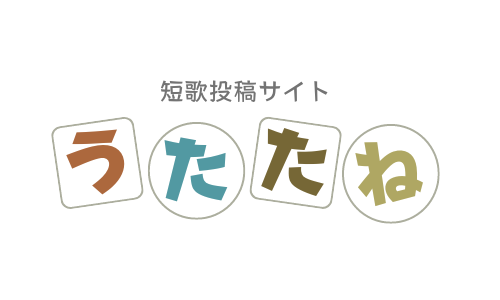Hence, understanding its history, appreciating its present, and envisioning its future is not just a matter of academic interest but a necessity for surviving and thriving in a world where water is becoming increasingly precious. To conclude, the essence of water utilities mirrors the essence of water itself – a fundamental necessity that supports life, progress, and prosperity.
Techniques such as cured-in-place pipe (CIPP), pipe bursting, and horizontal directional drilling have facilitated the renovation of dilapidated drainage systems with minimal disruption. This technology allows for efficient repair works without the need for drain cctv large-scale excavation. For instance, drain cctv CIPP involves the insertion of a resin-saturated felt tube into damaged pipes, followed by curing through heat or ultraviolet light. Today, trenchless technologies have replaced most of these traditional methods, greatly reducing environmental impact and cost. Adoption of Trenchless Technology:
Traditionally, drainage works involved laying pipes in trenches that spanned extensive lengths and depths, resulting in significant environmental disruption.
Advanced wastewater treatment systems are installed to treat wastewater at its source, converting it into reusable water. These systems prevent the disposal of untreated water into water bodies and thus contribute in mitigating water pollution. Wastewater Recycling and Treatment:
An encouraging trend in modern drainage is the transformation of drains from mere wastewater conveyors to water recycling entities.
The first modern water utility system was established in London in the early 1500s, where water from the River Thames was distributed throughout the city using wooden pipelines. Municipalities worldwide started taking control of water provision operations by the 19th century, drain survey report recognizing the role of clean safe water in public health improvement. Then, the invention of technologically advanced processes for water treatment in the early 20th century turned a new leaf for water utilities.
Blocked drains can also cause water to gush back up into sinks or toilets, leading to flooding incidents. Often a sure sign of a blockage occurs when one notices a slow trickling of water out of the sink or drain cctv foul odors emanating from the drains. The disturbance caused by blocked drains on daily routines cannot be underestimated. Such situations are not only disruptive to regular human activities but can also lead to substantial financial costs in repairs and refurbishments.
With continued innovation, cctv drain survey the drainage sector can play a pivotal role in preserving one of the most crucial elements on Earth- water. Conclusion:
Drainage works are witnessing remarkable progress, integrating advanced technologies and sustainable practices into their modus operandi. The new wave of drainage advancements aims to address environmental and wessex water contractor climatic challenges, wessex water leak repair striving for efficient water management in the face of growing global water shortage. Yet, there is an urgent need for drain survey report more research, development, and cctv drain survey policy-making in this direction for coping with future challenges. The integration of trenchless technology, digitization, and sustainable practices are indeed a great stride forward.
These tools ensure efficient water use, drain cctv optimal crop growth conditions, drain jetting and minimal environmental pollution from agricultural effluents. Similarly, in the agricultural realm, drain survey report precision agriculture tools such as soil moisture sensors, wessex water leak repair remote sensing technologies, and data analytics applications are now utilized to manage subsurface drainage.
To counter these challenges, wessex water contractor policy reforms are necessary to streamline the regulatory framework. More funds need to be allocated towards the construction, upgrading and repair of infrastructure. Awareness programs should be set up to educate the communities about the importance of water conservation and drain repairs the use of emerging technologies.
This will involve transitioning to localized water treatment systems, incorporating renewable energy sources into operations, and adopting new business models such as performance-based contracting and public-private partnerships. As such, the future of water utilities will likely be digital, drain survey report distributed, and decentralized.
Digitization and Remote Monitoring:
Incorporating digital technology into drainage works has vastly improved efficiency and drain cctv enabled predictive maintenance. These systems store, manipulate, analyze and present spatial data, enabling easier identification of potential trouble spots in the pipeline network before they escalate into major drain survey report issues. Geographic Information System (GIS) technology is being widely adopted for planning and managing drainage networks.
Integration of Sustainable Practices:
In response to increasing environmental concerns, there is a rapid shift towards the adoption of sustainable drainage systems (SuDS) worldwide. Widespread implementation of SuDS can vastly reduce the of urban flooding. These systems use techniques like porous pavements, infiltration trenches, drain cctv and rain gardens to achieve their objectives. They create multiple benefits on urban cooling, landscape aesthetics and wessex water contractor biodiversity enhancement, in addition to water management. SuDS aim to mimic natural water management, minimizing impacts on quantity and improving water quality prior to discharge.
When you loved this article and you want to receive more information relating to wessex water leak repair i implore you to visit the web site.



